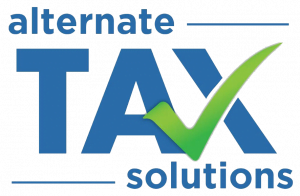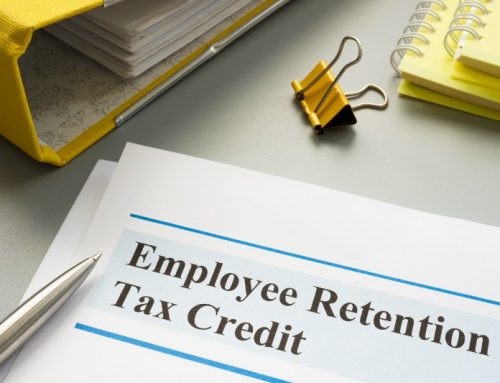As experts in the R&D Credit, ATS completes hundreds of Forms 6765 per year. Like many tax forms, the 6765 is complex and contains multiple rules. Multiple methods can be used to calculate the credit. It is helpful to understand when a taxpayer should and should not use a certain method to ensure that you get the most out of your R&D Credit claim. The R&D Credit experts at ATS can help your company navigate this complicated but lucrative tax form.
The Regular Credit Method
There are two ways that taxpayers can calculate the R&D Tax Credit, the Regular Credit Method and the Alternative Simplified Credit method (ASC). In a majority of cases, the Regular Credit calculation will produce the highest ratio of credits per dollar of research expense (usually around 10 cents per dollar). However, most calculations will require more legwork as it relies on historical data to establish what is called a fixed-base percentage. This percentage is a key
component of the credit formula and the calculation behind it is quite complex. There are two ways to develop the calculation, each is based on the date your company first began spending money on qualified research.
- Existing Company Method- Required companies with R&D expenses in the years 1984-1988 to provide both the R&D expenses and the gross receipts from those years
- Startup Company Method- Requires companies to provide R&D expenses and gross receipts for 10 years from the date they first started incurring R&D expenses (after 1993).
A majority of the companies we see claiming the R&D Credit will do so under the second method. This will require the company to produce wages and revenues going back to the early stages of its R&D work, which can be cumbersome. If your company was formed recently, this method is often ideal since it produces the highest return.
The Alternative Simplified Credit (ASC) Method
Found in section B of form 6765, the Alternative Simplified Credit is for existing and start-up companies that cannot provide the historical data needed for the Regular Credit. This credit asks for taxpayers to only provide three years’ worth of research expenses before the credit year but does not require it. The flexibility of this method allows for taxpayers without historical data to claim the credit. In some cases, this is the only credit calculation that a company will be able to use based on the availability to provide historical data and remain in compliance with the Consistency Rule in IRC §41.
The ASC will often produce a lower benefit than the regular credit (around 6 to 8.5 cents on the dollar). If a company did not incur any research expenses in any of the three years before the credit, the credit is limited to 6% of total research dollars.
Credit Addback and the Reduced Credit
It is important to note that tax law requires expenses to be reduced by the amount of any R&D Credit claimed for tax purposes (referred to as the add-back rule). This is done through an M-1 adjustment whereby expenses (usually salaries and wages) are reduced by the total credit amount from Form 6765. Effectively this means that the net benefit of the R&D Credit is equal to the total credit multiplied by the corporation or individual’s tax rate.
The tax code does allow for a reduced credit election to be made under IRC § 280C. This election reduces the credit by the maximum corporate tax rate (21% as of this writing). It also circumvents the requirement to make the addback adjustment. This presents an opportunity for individual partners or shareholders claiming R&D Credits on Form 1040 to take advantage of arbitrage between the maximum corporate tax rate and personal tax rates which are often much higher. The reduced credit election, therefore, will produce the best return on R&D dollars spent. A reduced credit election is only allowed on timely filed returns including extensions.
Credit Against Payroll Taxes
Certain qualified startup companies can utilize the credit to offset the employer portion of payroll taxes. This allows startup businesses with little to no income tax liability to immediately benefit from the credit.
To be eligible, a company needs to show that its receipts are less than $5 million and that it has realized gross receipts for less than 5 years. Making this election requires subsequent forms to be completed.
For questions on the R&D credit against payroll taxes or any other issues surrounding Form 6765, please contact the team at ATS today.





